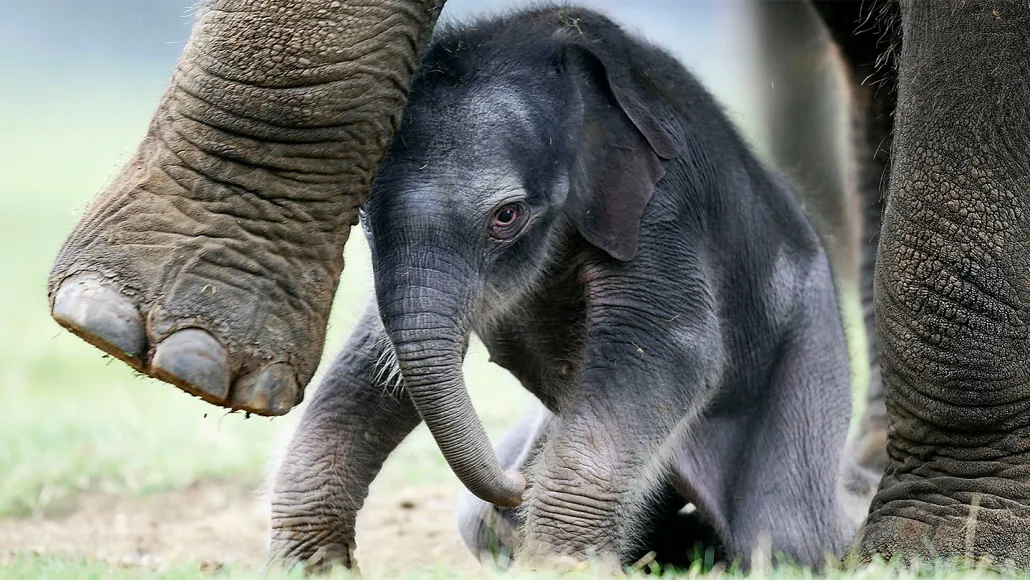There’s a touch of Sherlock Holmes in this new discovery: A keen observer might be able to spot whether an elephant prefers using its left or right trunk by examining the telltale signs in its wrinkles and whiskers. This new insight comes from a study on the unique patterns of trunk skin wrinkles, shedding light on how elephants use their trunks.
Much like how humans favor one hand for tasks, elephants show a preference in how they bend their trunks. When an elephant curls its trunk to grab food, it tends to lean either left or right. The whiskers on the opposite side get worn down from brushing against the ground, becoming shorter and thinner over time. Similarly, the skin on the curled-in side develops more wrinkles from frequent bending, explains mechanical engineer Andrew Schulz of the Max Planck Institute for Intelligent Systems in Stuttgart, Germany. These clues to “trunkedness” are just one of the fascinating revelations about elephant skin wrinkles that Schulz and his colleagues detail in their October 9 study in Royal Society Open Science.
Elephant trunks, like octopus arms and mammal tongues, captivate researchers interested in soft robotics. But beyond robotics, the study highlights just how extraordinary an elephant’s trunk really is. It’s not just a flexible nose; it’s more like a sci-fi tentacle. The trunk is a muscular hydrostat, a structure made entirely of muscles without bones that can change shape with ease. With around 46,000 muscles—compared to just 600-700 in the human body—the elephant’s trunk is incredibly powerful and versatile.
Unlike the soft limbs of an octopus, an elephant’s trunk is encased in thick, tough skin, which does restrict its movement to some extent. Surprisingly, that skin is stretchier on the top of the trunk than on the underside. With this mix of flexibility and strength, elephants can perform delicate tasks, like peeling a banana or lifting a tortilla chip without breaking it—though they don’t use fingers like humans do. Instead, they employ a fascinating technique that combines suction and precision.
By studying preserved tissues from deceased zoo elephants, Schulz’s team traced the formation of wrinkles, which begin in utero and double every 20 days during a rapid early-wrinkling phase. As elephants age, their trunks, like other parts of the body, become more wrinkled. For instance, while newborns averaged 87 wrinkles, older African elephants (Loxodonta africana) had about 109 on average.
But these wrinkles aren’t just signs of aging; they serve a functional purpose. According to Schulz, they protect the trunk’s shape-shifting muscles and allow the trunk to maintain flexibility, especially when lifting heavy objects.
